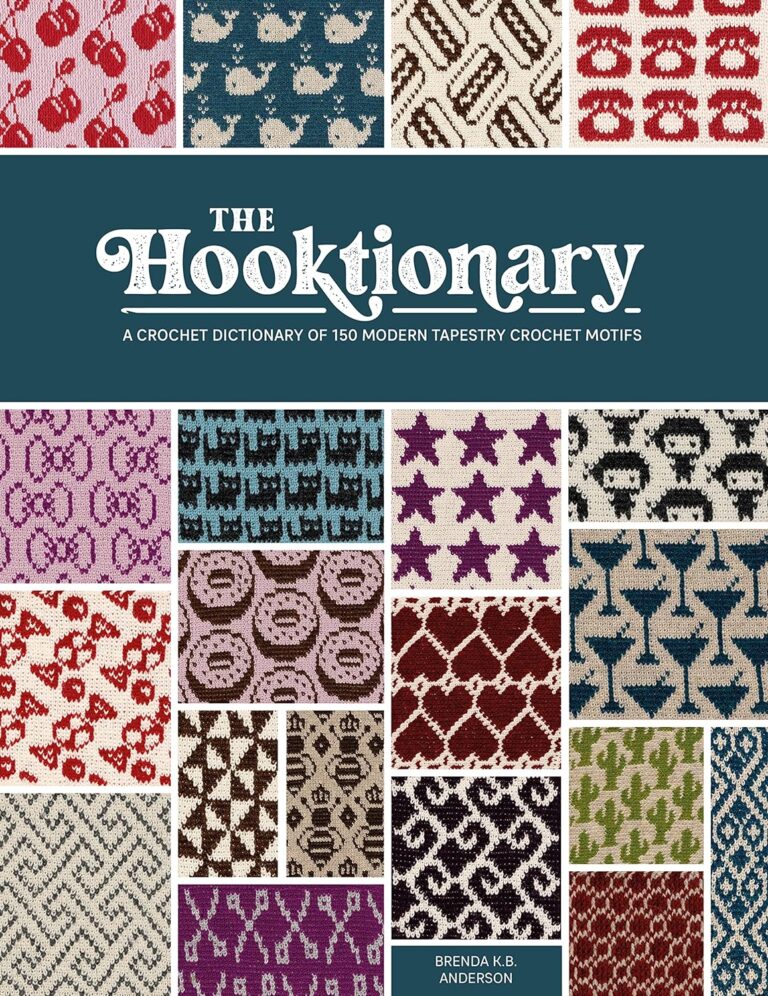In today’s competitive job market, finding the right candidate goes beyond evaluating resumes and conducting interviews. Suited assessments have emerged as a crucial tool for HR professionals aiming to refine their recruitment processes. This comprehensive guide will equip you with strategies to design and implement effective assessment tools that enhance your ability to identify the best talent.
Table of Contents
ToggleUnderstanding Suited Assessments
Suited assessments are tailored evaluation tools designed to measure a candidate’s compatibility with a specific role and company culture. They typically include a combination of personality tests, skill assessments, and cognitive evaluations. These tools help HR teams make decisions based not just on qualifications but on how well a candidate aligns with the company’s goals and values.
Suited Assessment Instructions: Setting Up for Success
To set up suited assessments effectively, start by clearly defining the role’s requirements and the attributes of an ideal candidate. This clarity will help you craft questions that accurately assess these qualities. Ensure all candidates receive the same instructions to maintain fairness and consistency throughout the evaluation process.
Designing Effective Suited Assessments
Designing an effective suited assessment involves several key steps:
- Identify the core competencies needed for the role.
- Develop questions that measure these competencies in a clear and unbiased manner.
- Use a mix of question types (e.g., multiple-choice, essay) to gauge different skills and traits.
- Pilot the assessment with a small group to ensure it functions as intended.
How is Suited Assessment Scored: Understanding the Metrics
Scoring suited assessments typically involves both quantitative and qualitative methods. Quantitative scores may come from correct answers in skill-based sections, while qualitative analysis might assess personality traits. Understanding how to combine these scores to form a comprehensive view of a candidate’s suitability is crucial.
Be Honest on Behavioral Assessment: Suited WSO Best Practices
Encouraging honesty in assessments is vital. Explain to candidates the importance of answering truthfully to ensure a good fit between them and the role. Stress that there are no ‘right’ or ‘wrong’ answers in personality assessments, only answers that may or may not align with the company’s culture.
Navigating Challenges: Skipping Questions in Suited Assessments
If a candidate skips questions, it can affect their overall evaluation. Make it clear to candidates that while they may skip questions if they feel unsure, every answer helps create a fuller picture of their suitability. Provide guidelines on how to approach difficult questions to minimize skips.
Leveraging Technology in Suited Assessments
Advancements in AI and machine learning have made it possible to administer and analyze suited assessments more efficiently. These technologies can help identify patterns in responses that human evaluators might miss, leading to more accurate placements.
Case Studies and Success Stories
Include anecdotes from companies that have successfully integrated suited assessments into their hiring processes. These real-life examples can provide practical insights and inspire confidence in the methodology.
FAQ Section
- What are common mistakes to avoid in designing suited assessments? Avoid overly complex questions that might confuse candidates or bias in question framing that could skew results.
- How frequently should suited assessments be updated? Regularly review and update assessments to align with evolving role requirements and industry standards.
- Are there specific sectors where suited assessments are more effective? Suited assessments are particularly valuable in sectors where personality fit and soft skills are as crucial as technical abilities, such as customer service and healthcare.
Conclusion
Implementing suited assessments can transform your recruitment process, helping you find candidates who not only have the right skills but who will also thrive within your company’s unique environment. With careful design and consistent application, these tools can significantly enhance your hiring success.
By following this guide, HR professionals can develop their suited assessment strategies to be more effective, ensuring that each new hire contributes positively to the company’s goals and culture. This method isn’t just about filling positions; it’s about building a stronger, more cohesive team.
















